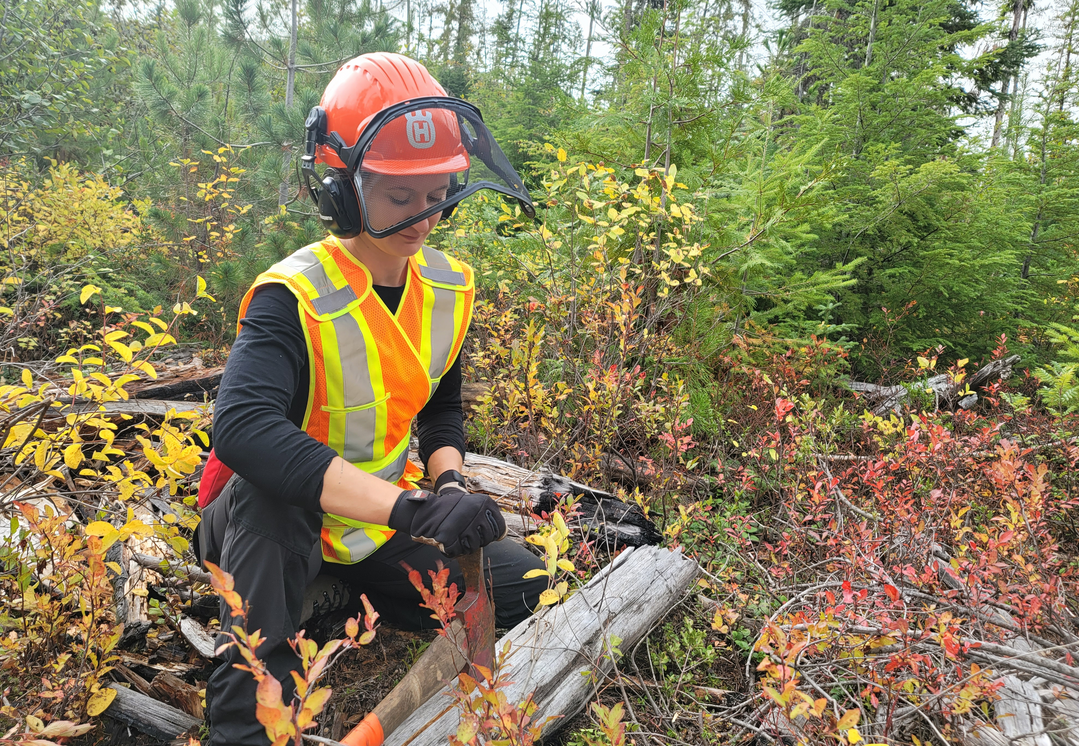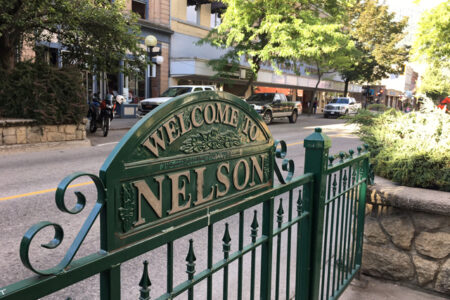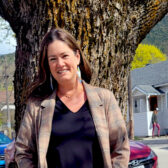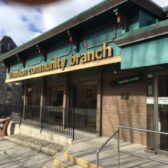Agroforestry project attempts to slow threat of wildfire in Kootenay region
Wildfire is one of the major threats to life in the West Kootenay.
Despite living in a temperate rainforest, drought and dry conditions due to climate change have increased the threat of wildfire events over the last few years.
In response to that growing threat many Kootenay communities and local governments have been proactive, performing “fuel treatment” in forested areas where they border settlements.
Several Kootenay organizations have further targeted those thinned areas to not only reduce the threat of wildfire even further, but to also put food into the forest.
Called Bannock in Bloom, the test model for agroforestry is being put forward at Bannock Point, a Crown-owned recreational area south of Silverton. Work began earlier this month to work with the local landscape and “plant valuable food crops that strengthen local food security and are both drought and wildfire resistant,” a press release on the project noted.
This will result in the planting of a mix of native and non-native plants — such as salmonberries and walnut trees — among trees in the area thinned for fuel mitigation.
“Creating a community asset capable of generating social, nutritional and economic value will provide incentives and resources to make the site more fire-resistant and reduce the need for future wildfire treatment,” the press release read.
The idea was first brought to light two years ago when Gerald Cordeiro, forest development manager for Kalesnikoff, proposed a similar idea for the Selous Creek fuel treated area above Nelson.
He felt the potential contained in agroforestry was immense, and could help keep the balance of carbon in the Columbia Basin.
“By selecting our species carefully, reducing emissions from wildfires, and using excess biomass to enhance soil health and carbon storage, these kinds of sites can support our climate change mitigation efforts,” he said in the release. “We believe this is a scalable model that can have a measurable positive impact on our communities.”
The two hectares chosen for the project will receive plants installed by Wildsight’s Youth Climate Corps, and the young people will be trained by several experts, including Slocan Valley permaculture veteran Gregoire Lamoureux.
Bannock in Bloom was developed through an agreement between Wildsight’s Youth Climate Corps, Kalesnikoff Lumber Co. Ltd and the Slocan Integral Forestry Cooperative (SIFCo), which holds the forest tenure.
Source: Wildsight, Kalesnikoff and SIFCo
Wildsight YCC
Wildsight’s Youth Climate Corps program launched in September 2020 with an inaugural crew based out of Nelson.
This year, the program added a second crew in Kimberley/Cranbrook and aims to grow to more Columbia Basin communities.
This project is made possible with support from Columbia Basin Trust and the Province of BC through the Crown Land Wildfire Risk Reduction Program.


























